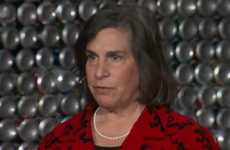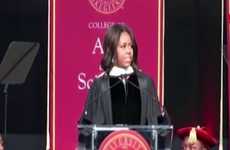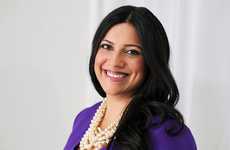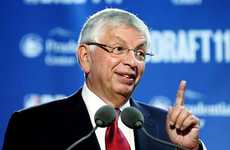
Need Inspiration?
Get inspired by 4,000+ keynote speaker videos & our founder, a top keynote speaker on innovation.
Kimberlé Crenshaw Discusses Biases in Her Speech on Intersectionality
Riley von Niessen — December 8, 2016 — Keynote Trends
References: law.ucla.edu & youtube
Kimberlé Crenshaw, a Civil Rights professor at UCLA and Colombia Law School, reveals how different types of biases contribute to a culture of exclusion in her speech on intersectionality for TED.
She demonstrates how combined statuses of gender and race can change people's perception of a topic, or even allow it to be brought into discussion in mainstream media in the first place. To show this, she asks her audience to rise while she speaks the names of certain people. If they don't recognize the person she calls out, they're instructed to take a seat. She starts by naming African American men who've been killed by the police, such as Freddie Gray, Eric Garner and Michael Brown. Next, she names women who've faced the same injustices in the last few years, however their names prompt the vast majority of the audience to sit down.
With this experiment, she reveals something profound about the pattern of recognition in relation to when multiple discriminatory biases come into play. Throughout her speech on interesectionality, Kimberlé Crenshaw exposes the problems that result when one's excluded gender and race are combined, despite the fact that police brutality and violence against women are both important conversations being had today. She explains this concept with the words, "If you're standing in the path of multiple forms of exclusion, you're likely to get hit by both."
She demonstrates how combined statuses of gender and race can change people's perception of a topic, or even allow it to be brought into discussion in mainstream media in the first place. To show this, she asks her audience to rise while she speaks the names of certain people. If they don't recognize the person she calls out, they're instructed to take a seat. She starts by naming African American men who've been killed by the police, such as Freddie Gray, Eric Garner and Michael Brown. Next, she names women who've faced the same injustices in the last few years, however their names prompt the vast majority of the audience to sit down.
With this experiment, she reveals something profound about the pattern of recognition in relation to when multiple discriminatory biases come into play. Throughout her speech on interesectionality, Kimberlé Crenshaw exposes the problems that result when one's excluded gender and race are combined, despite the fact that police brutality and violence against women are both important conversations being had today. She explains this concept with the words, "If you're standing in the path of multiple forms of exclusion, you're likely to get hit by both."
1.7
Score
Popularity
Activity
Freshness

















